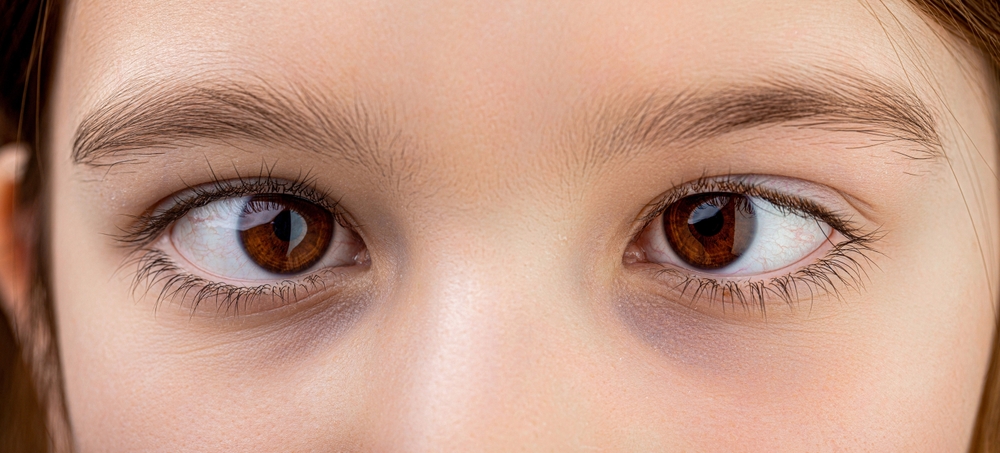
When children experience difficulties with reading, focusing, or paying attention in class, it’s often assumed to be a learning or attention issue. However, sometimes the real problem lies in the eyes - specifically, how they work together. This condition, known as Binocular Vision Dysfunction (BVD), occurs when the eyes are slightly misaligned, forcing them to work harder to maintain proper focus. Over time, this can lead to a range of symptoms that impact a child’s learning, comfort, and overall well-being.
What Is Binocular Vision Dysfunction?
Binocular Vision Dysfunction happens when both eyes do not align properly, making it difficult for the brain to merge the two images from each eye into a single, clear picture. Even a small misalignment can cause the eyes and brain to overcompensate, leading to visual fatigue and other symptoms. Children with BVD may appear to see “normally” during a basic vision screening, but the subtle imbalance can still cause daily challenges.
Common Signs and Symptoms of BVD in Children
Children rarely recognize that their vision is the source of their struggles. Instead, they may show behavioral or academic signs that can easily be mistaken for other conditions. Watch for these common indicators of Binocular Vision Dysfunction:
Frequent headaches, especially after reading or doing homework
Difficulty focusing on reading material or skipping lines of text
Complaints of double vision or blurry words that move on the page
Clumsiness, poor coordination, or motion sickness
Eye strain, rubbing of the eyes, or squinting
Short attention span during visual tasks
Difficulty with sports or catching a ball
Avoidance of reading or visually demanding activities
If your child experiences several of these symptoms, a specialized eye exam is recommended to assess how their eyes work together.
How Micro-Prism Lenses Can Help
At Miller Vision Center, we use advanced diagnostic technology to detect even the smallest eye alignment issues associated with BVD. One of the most effective treatment options is micro-prism lenses. These specialized lenses gently realign the visual images seen by each eye, reducing the strain on the brain and helping the eyes work together more naturally.
Micro-prism lenses can often provide immediate relief, improving reading performance, attention span, and overall comfort. Over time, children who wear these lenses may experience fewer headaches, less fatigue, and greater confidence in both academic and athletic settings.
Early Detection Is Key
Untreated Binocular Vision Dysfunction can affect a child’s learning and development. Because many schools only perform basic vision screenings that check for distance clarity - not eye alignment - BVD often goes unnoticed. Comprehensive eye exams with binocular vision testing are the best way to identify and address this issue early.
Improve Your Child’s Focus and Confidence
Binocular Vision Dysfunction is more common than many parents realize and can have a major impact on a child’s ability to learn, read, and focus comfortably. The good news is that effective treatments can make a life-changing difference.
If your child shows signs of visual discomfort or struggles with reading and focus, schedule a consultation at Miller Vision Center. Dr. Miller can evaluate your child’s binocular vision and determine if micro-prism lenses are the right solution to help them see clearly and comfortably again. Visit our office in Norman, Oklahoma, or call (405) 389-4200 today.







